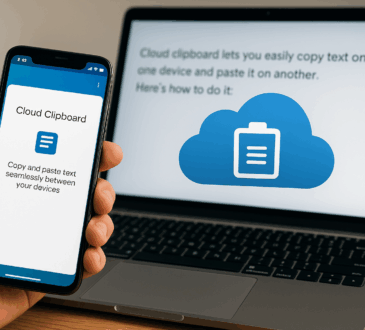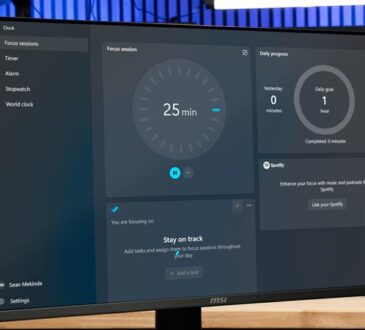
If you’re someone who spends a good portion of your day at a computer, mastering keyboard shortcuts can make a noticeable difference. Not only do they help speed up repetitive tasks, but they also reduce reliance on your mouse and streamline your workflow. This guide offers a straightforward overview of useful shortcuts for both beginners and more advanced users, with a touch of light humor for those who enjoy the geekier side of productivity.
Why Keyboard Shortcuts Matter
Keyboard shortcuts aren’t just a fancy trick for tech-savvy folks—they’re genuinely useful. Think about how often you move your hand from keyboard to mouse and back again. Every little movement adds up over time. Shortcuts allow you to keep your hands on the keyboard, reducing friction and keeping you in the zone, whether you’re typing a report, editing code, or organizing files.
They also help reduce the risk of repetitive strain from constant clicking and dragging. And let’s face it: there’s a certain quiet satisfaction in executing a command instantly without having to dig through a menu.
The Essentials Everyone Should Know
These basic shortcuts are nearly universal across programs and operating systems. They form the foundation of efficient computer use.
| Action | Windows / Linux | macOS | Description |
|---|---|---|---|
| Copy | Ctrl + C | Command + C | Copies selected content |
| Paste | Ctrl + V | Command + V | Pastes copied item |
| Cut | Ctrl + X | Command + X | Removes and copies |
| Undo | Ctrl + Z | Command + Z | Reverts last action |
| Redo | Ctrl + Y | Command + Shift + Z | Re-applies the undone step |
| Save | Ctrl + S | Command + S | Saves your file or document |
| Find | Ctrl + F | Command + F | Searches within a page or file |
| Select All | Ctrl + A | Command + A | Selects everything in view |
These are the go-to shortcuts that can help anyone work faster with almost no learning curve.
Going a Step Further: Intermediate Shortcuts
Once you’re comfortable with the basics, these intermediate shortcuts can take your productivity up a notch.
Managing Windows and Apps
- Alt + Tab (Windows) / Command + Tab (Mac) – Quickly switch between open applications.
- Windows Key + D – Show or hide the desktop instantly.
- Windows Key + Arrow Keys – Snap windows to the left or right side of the screen, or maximize/minimize them.
These shortcuts are particularly useful for multitasking, especially if you frequently switch between browser tabs, file explorers, and other apps.
File Navigation and Organization
- Alt + Enter – Open properties of a selected file or folder.
- Ctrl + Shift + N – Create a new folder quickly in File Explorer or on the desktop.
- Backspace (in Windows Explorer) – Move up one level in the folder hierarchy.
These help speed up common file management tasks and reduce the need to dig through right-click menus.
Web and Development Shortcuts
- Ctrl + Shift + T / Command + Shift + T – Reopen the last closed browser tab.
- Ctrl +
/(in code editors like VS Code) – Comment or uncomment the current line or selection. - Alt + Shift + Up/Down – Duplicate a line or move it within your code.
Even if you’re not a developer, these shortcuts can be helpful in writing, editing, and organizing content.
Tips for Learning and Remembering Shortcuts
You don’t have to memorize everything at once. A good strategy is to start small—pick a few shortcuts that solve common pain points in your daily work and build from there.
Practice Frequently
The best way to remember shortcuts is simply to use them. Pick two or three new ones each week and challenge yourself to use them consistently.
Keep a Reference Nearby
A small sticky note on your monitor or a printable cheat sheet on your desk can be a helpful reminder until the shortcuts become second nature.
Use Apps to Help
Some tools, like CheatSheet for Mac or KeyRocket for Windows, show you shortcuts as you use your computer. These can be great passive ways to learn over time.
Final Thoughts
Keyboard shortcuts are one of the simplest yet most effective ways to improve your computing experience. They save time, reduce effort, and once you’re in the habit, they just feel natural. Whether you’re writing, coding, designing, or browsing, learning a few good shortcuts can go a long way toward making your day a little easier—and maybe a little more fun too.
Start with a few, stick with them, and soon enough, you’ll wonder how you ever worked without them.




